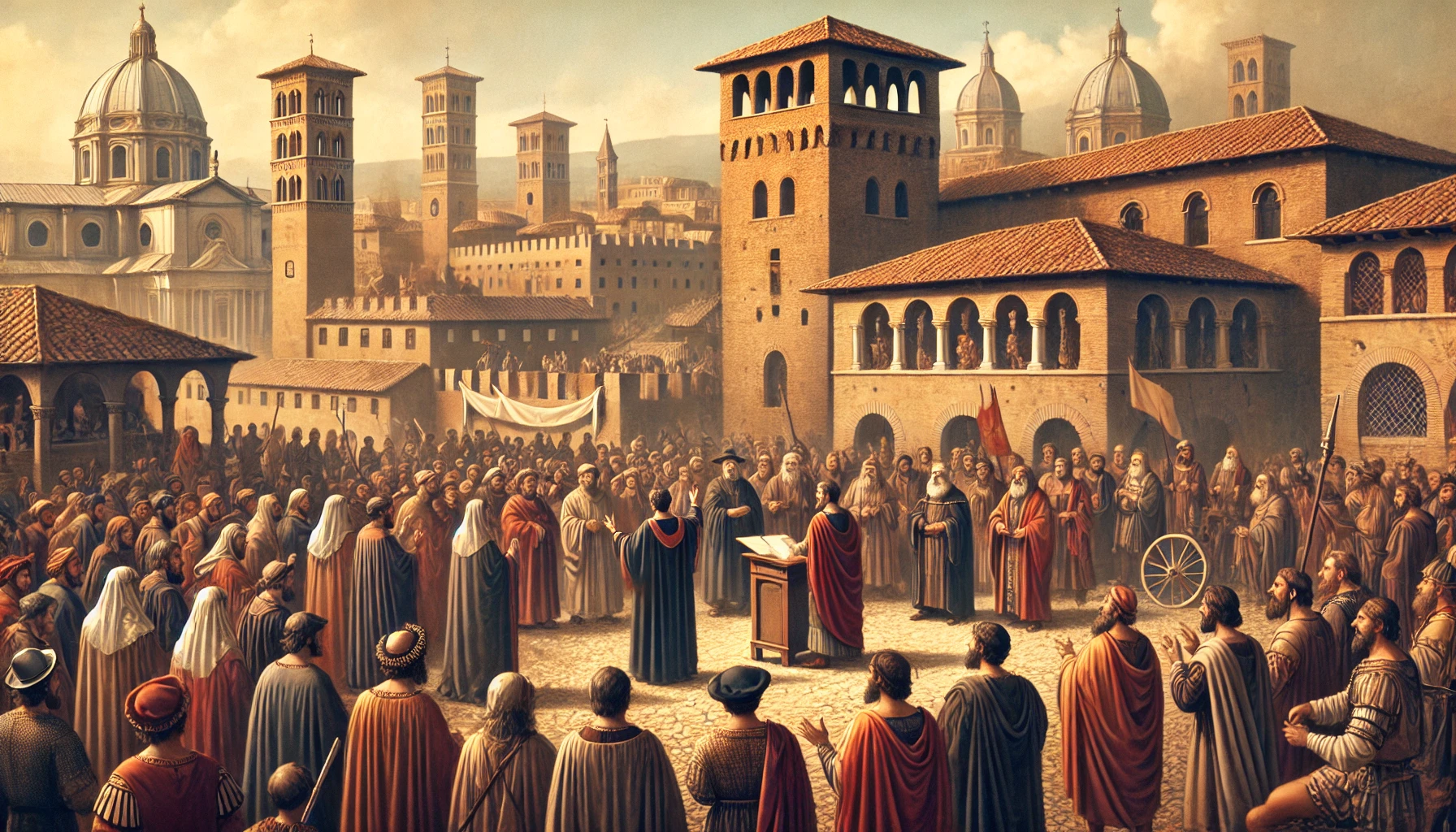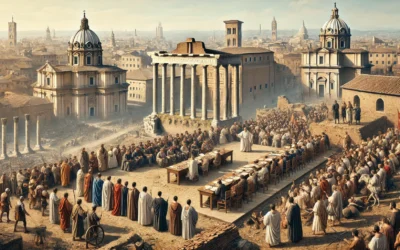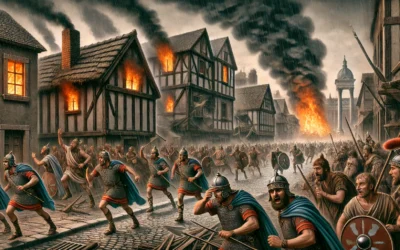Rome’s Medieval Rebellion Against Papal Rule
By the 12th century, Rome had long been under the influence of the papacy, but the growing power of communal movements across Italy inspired its citizens to challenge ecclesiastical rule. In 1143, the city erupted in a political revolution, leading to the establishment of the Commune of Rome, a self-governing civic body that sought to restore the ancient ideals of the Roman Republic.
The Birth of the Commune
The revolt against papal authority was driven by a mix of nobles, merchants, and common citizens who resented the pope’s control over the city’s administration. In December 1143, the revolutionaries gathered on the Capitoline Hill, proclaiming the formation of a new Senate, independent of the pope. This act marked the rebirth of a republican government in Rome, though it was met with fierce resistance.
Papal Resistance and Imperial Intervention
Pope Innocent II and his successors refused to recognize the commune, leading to years of conflict. The popes sought support from the Holy Roman Emperor, while the communal leaders looked to powerful Roman families and other Italian cities for alliances. Throughout the 12th century, the struggle between the papacy and the commune defined Rome’s political landscape.
Arnold of Brescia: The Radical Reformer
One of the most influential figures of the movement was Arnold of Brescia, a radical monk who called for the pope to renounce temporal power. His fiery sermons inspired the Roman people, but his defiance of the Church led to his execution in 1155. His ideas, however, continued to fuel the commune’s resistance.
The Decline and Legacy of the Commune
Despite moments of success, the commune ultimately failed to achieve lasting independence. By the late 12th century, the papacy, backed by imperial forces, reasserted control over the city. However, the movement left a lasting mark on Rome, paving the way for later struggles between civic and religious power.
A Glimpse of Rome’s Republican Past
The rise and fall of the Commune of Rome was a testament to the enduring spirit of self-governance within the city. Though short-lived, it was a bold attempt to reclaim Rome’s ancient identity in the medieval world, foreshadowing future power struggles between the people and the papacy.





